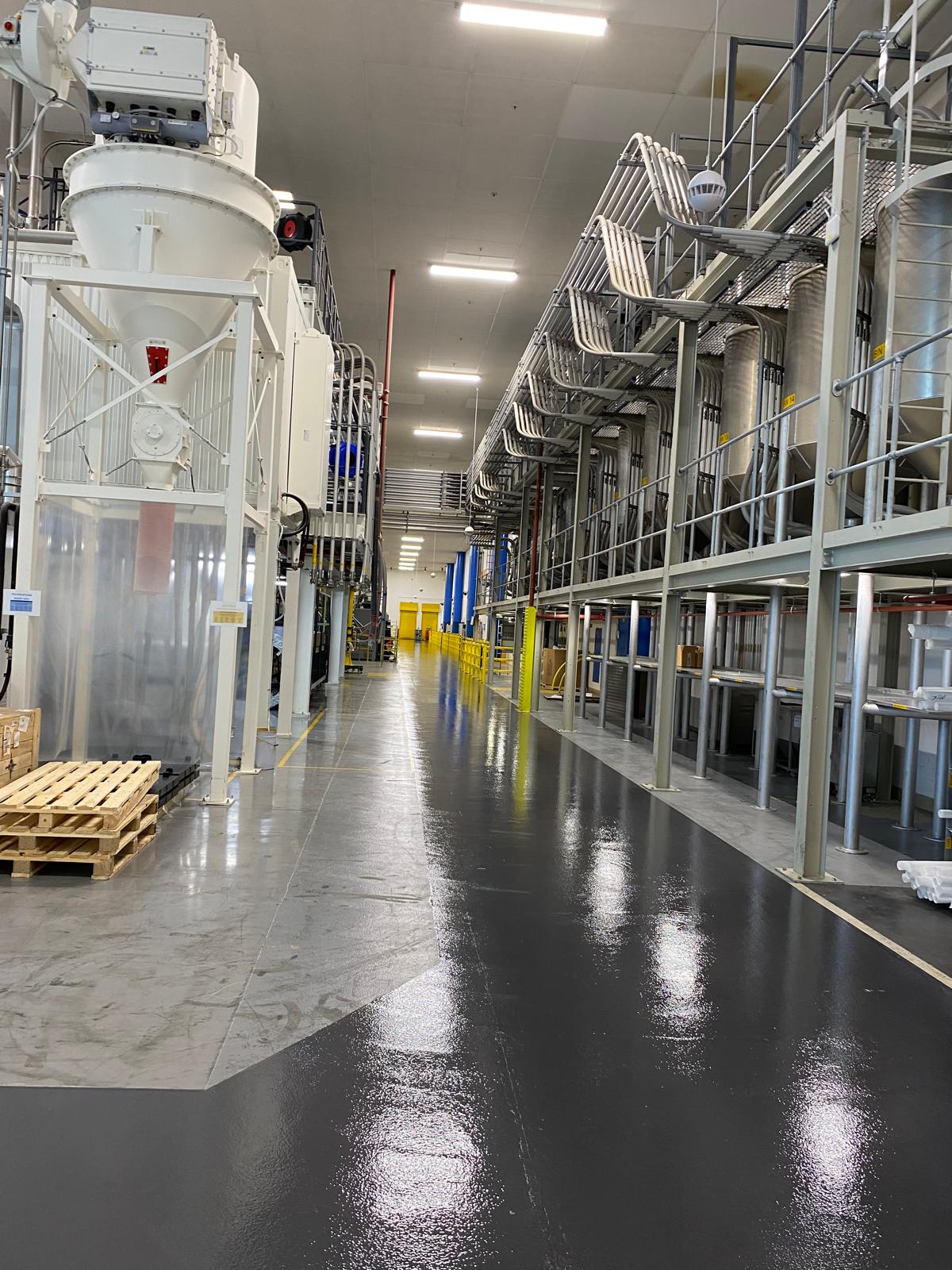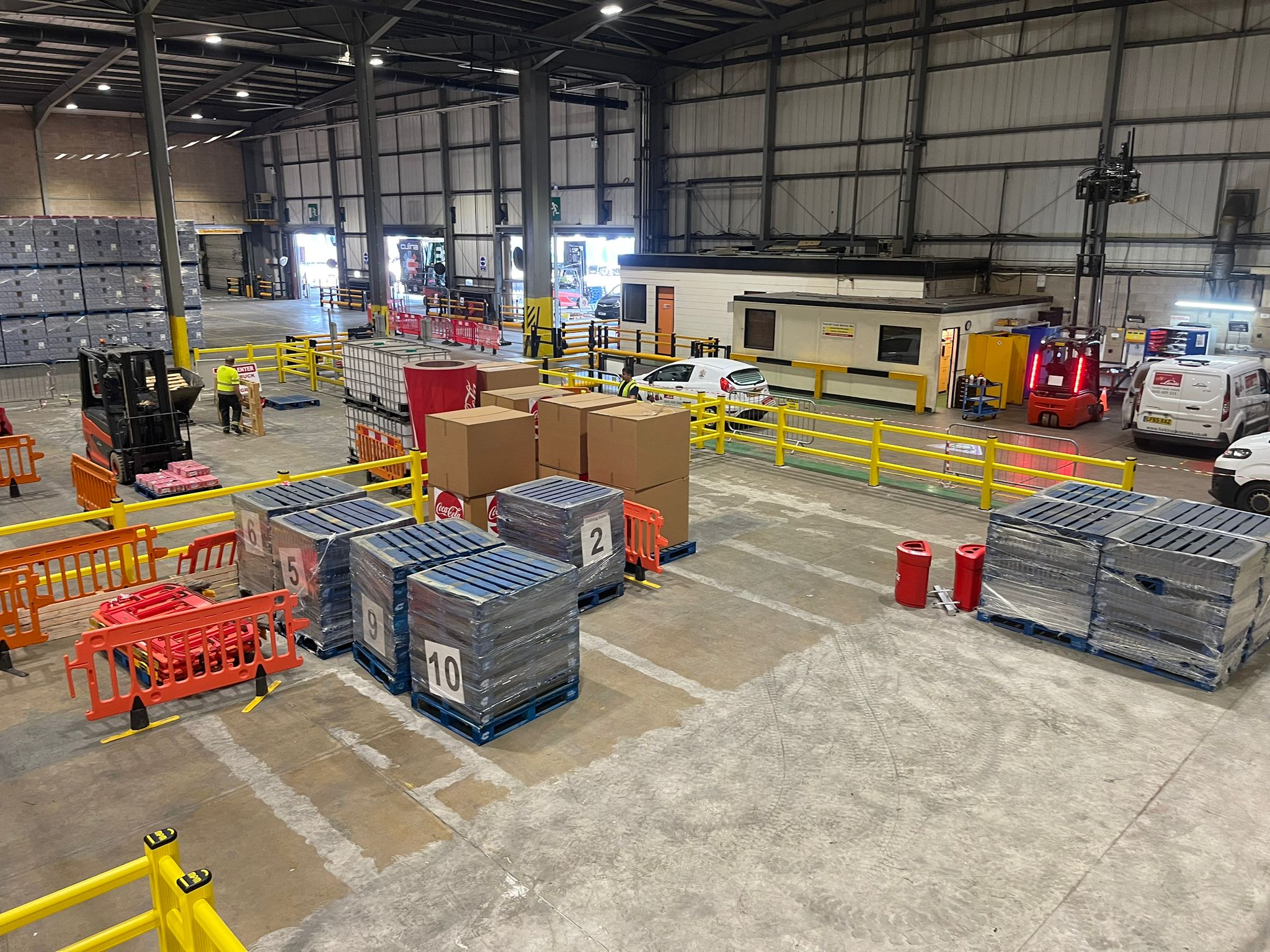What Does Barrier Corrosion Really Cost Your Business?
 By
Alana Graham
·
3 minute read
By
Alana Graham
·
3 minute read
Corrosion is one of the most overlooked causes of barrier failure across UK workplaces.
It starts subtly – a small patch of rust, a bit of bubbling paint – but left untreated, it can compromise protection, cause compliance issues, and increase long-term costs.
We understand how frustrating it is to keep repainting and repairing barriers that never seem to last. You install them to protect people, not to create another maintenance headache.
In this article, you’ll learn how to recognise the early signs of corrosion, why they matter for compliance and safety performance, and how Clarity’s polymer safety barriers remove corrosion from the equation entirely.
%20(8).jpg?width=600&height=800&name=Eastland%20(Metal)%20(8).jpg)
What Are the First Warning Signs of Barrier Corrosion?
Corrosion rarely starts with a dramatic failure. It creeps in quietly, often where you can’t see it until it’s too late. During Clarity’s PAS 13-aligned site surveys, we’ve identified thousands of small but serious corrosion issues that could have led to complete barrier failure.
Here’s what to look for during your next inspection:
Bubbling or Discoloured Paint
If the paint on your steel barriers starts to bubble or blister, it means moisture has penetrated the coating. What looks like a surface blemish is usually the beginning of deep structural corrosion.
Anchor Corrosion
Anchors are the hidden weak points of most installations. When corrosion attacks these, the barrier loses its ability to absorb impact. Even a low-speed forklift collision could shear the barrier from its base.
Flaking or Cracked Surfaces
Flaking paint or exposed rust signals that the barrier’s strength is already compromised. These weak points reduce energy absorption and risk violating legislation, such as the Workplace (Health, Safety and Welfare) Regulations 1992, which require traffic routes to be “maintained in good condition.”
Hidden Corrosion Beneath Floor Plates
In wash-down or chemical-use environments, corrosion often starts below the surface where water or cleaning agents collect. It’s invisible until failure occurs – which is why proactive inspection and professional audits are essential.
How Does Corrosion Undermine Safety and Compliance?
A corroded barrier doesn’t just look unsightly – it can’t perform under impact.
Once steel begins to rust, its structural integrity deteriorates rapidly. That affects:
- Impact resistance: weakened metal bends or breaks sooner, reducing energy absorption.
- Compliance: PAS 13:2017 requires barriers to retain their stated performance over time. Corroded systems no longer meet that standard.
- Costs: repainting, re-anchoring, and unplanned replacements add up fast.
- Culture: visible rust sends the wrong message to teams – that safety is reactive, not proactive.
In some of the UK’s most demanding industries – food manufacturing, logistics, automotive – corrosion is one of the biggest drivers of unnecessary maintenance spend.
%20(14).jpg?width=667&height=500&name=Eastland%20(Metal)%20(14).jpg)
Rust Is Not a Worry With Polymer Barriers
We recently helped a client after ongoing corrosion problems with steel guardrails in their production hall. Frequent chemical washdowns had stripped coatings and left exposed metal rusting within months.
Clarity installed a full polymer barrier system – modular, hygienic, and corrosion-proof. Since installation, the site has reported:
-
Zero corrosion-related maintenance in over 24 months
-
Reduced downtime during cleaning
-
Improved hygiene audit scores due to non-porous, easy-clean surfaces
The maintenance manager summarised it perfectly:
“We used to plan annual repainting into our maintenance budget. With polymer, we’ve completely removed that cost.”

Why Choose Polymer Barriers for Long-Term, Rust-Free Protection?
Clarity’s polymer safety barriers are designed to end corrosion issues permanently.
Corrosion-Resistant by Design
Made from modified PVC polymer, the material is inherently resistant to rust, moisture, and chemical attack. There’s no coating to fail and no metal to oxidise – meaning your protection stays intact for decades.
Long-Term Cost Efficiency
Over a five-year cycle, polymer barriers can reduce maintenance costs by up to 70% compared to painted steel. There’s no need for regular repainting, replacement anchors, or corrosion treatment.
Cleaner, Safer Workspaces
In hygiene-critical industries like food, drink, and pharmaceuticals, polymer barriers eliminate the contamination risk that comes from flaking paint or rust particles. Their smooth, non-porous surface meets rigorous cleaning and wash-down standards.
Built to PAS 13 Standards
Every Clarity system is designed and installed in line with PAS 13:2017, complete with documented impact ratings, third-party testing, and modular flexibility for future changes.

Ready to Eliminate Corrosion Risks for Good?
If you’ve noticed bubbling paint, rusted fixings, or anchors pulling free, it’s far more than a maintenance issue – it’s a safety risk.
Clarity’s specialists can assess your current barriers, identify corrosion risks, and design a polymer solution that eliminates them for good.
Request an audit with Clarity and discover how polymer protection can remove maintenance, extend barrier lifespan, and protect your people for the long term.




